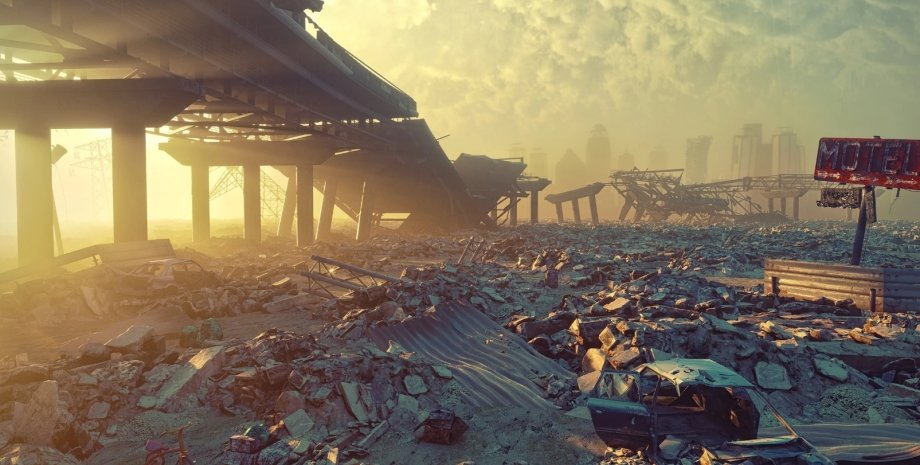
Scientists have taken preliminary research as the best crops to grow after a global disaster such as nuclear war, pandemic or sunny storms. The purpose of the study was to find the most effective way to feed a person using the least amount of land. "The study was not really inspired by the current geopolitical environment, but it is obvious that it proved to be quite relevant," says the leading author of the study Matt Boyd.
Scientists and his team have calculated how the population of the middle city can be married at the expense of agriculture in the event of a global disaster. Researchers have considered two options: what to grow in urban conditions under normal climate, as well as what to sow in the case of nuclear winter. According to experts, peas were the optimal culture for growing urban conditions. "Peas are food high in protein. It grows well in urban conditions.
If you need to feed many people, the cultivation of peas minimizes the amount of land needed for this," - says Boyd. But the main disadvantage of peas is that it is not resistant to the cold. In the case of nuclear winter, the eruption of the supervulkan or the impact of a huge asteroid, the sun's rays will close the clouds of soot and all that will be thrown into the stratosphere. Such a turn of events will lead to a decrease in temperatures on the ground and complicate photosynthesis of plants.
In such a scenario, a combination of spinach and sugar beet will be winning. This conclusion was made by scientists based on the meta -analysis of urban agricultural research, where the yield of different crops in dozens of cities around the world was evaluated. For example, peas, in normal climatic conditions, requires 292 square meters of Earth to meet the needs of one person in calories and protein during the year.
Cabbage and carrots will need a lot more ground - 777 square meters, which is almost three times more. As a "subject" city, scientists have chosen Palmston-North in New Zealand, but the results of the study can be applied to other cities in the world of a similar size. It is a medium -sized city with a population of about 90,000 people, it has a low population density and prevails suburban housing, not Manmetten skyscrapers.
Scientists have used Palmston-North cards to calculate the number of public green spaces that could be used as a garden, including lawns in front of homes, back yards and parks. "The city will not be able to feed all its townspeople," says the author of the study. If you do agriculture only within the city, so you can feed only about 20% of the population. This number will be reduced in the case of nuclear winter to 16%.
In order to feed the whole population of the city, people will have to cultivate land outside the city - about one -third of the size of the built -up city territory of the city - to sow additional effective crops. In the case of Palmerston-North, it is about 1140 hectares, plus another 110 hectares of canola (rapeseed variety) to create biodiesel fuel that will be needed for agricultural machinery. In normal climatic conditions, potatoes are ideal for growing in the city.
The combination of 97% of wheat and 3% carrots is the optimal ratio during nuclear winter, as they have higher resistance to lower temperatures. Scientists also point out that in their study there are a number of unknown factors that can affect reality yields. For example, the quality of the soil that will directly affect the volume of the crop. The study also provides that the water systems of the Earth will not be broken, although it is possible in certain circumstances.


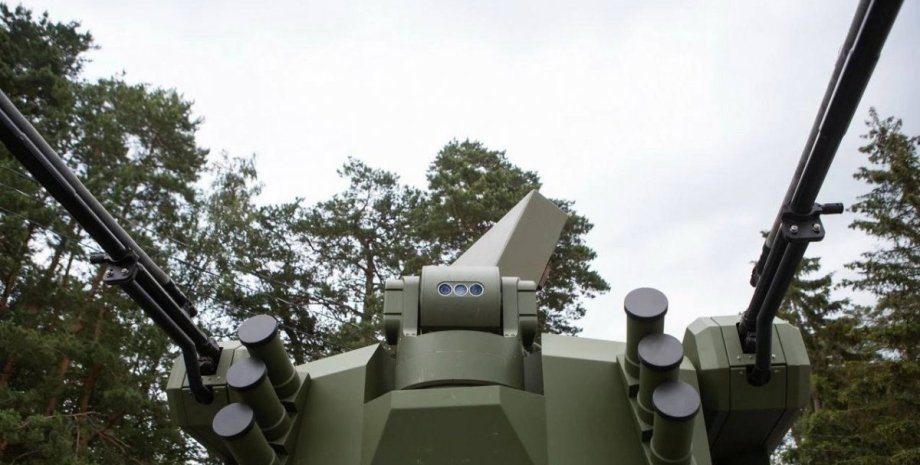

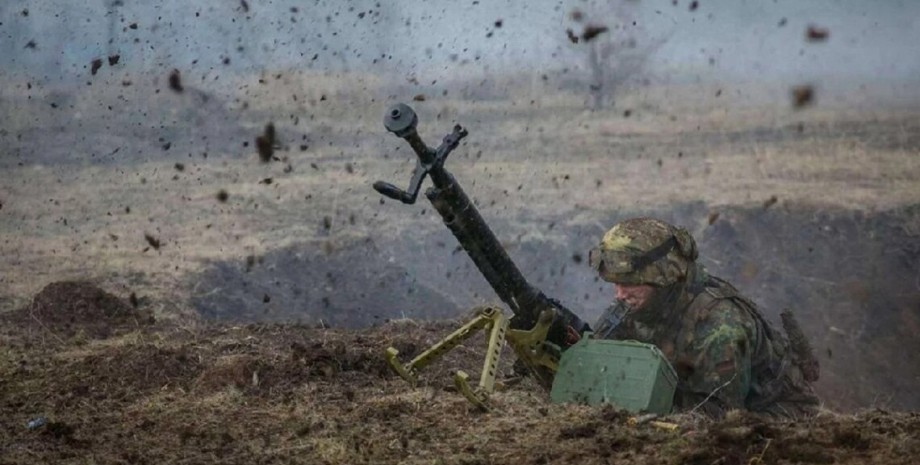

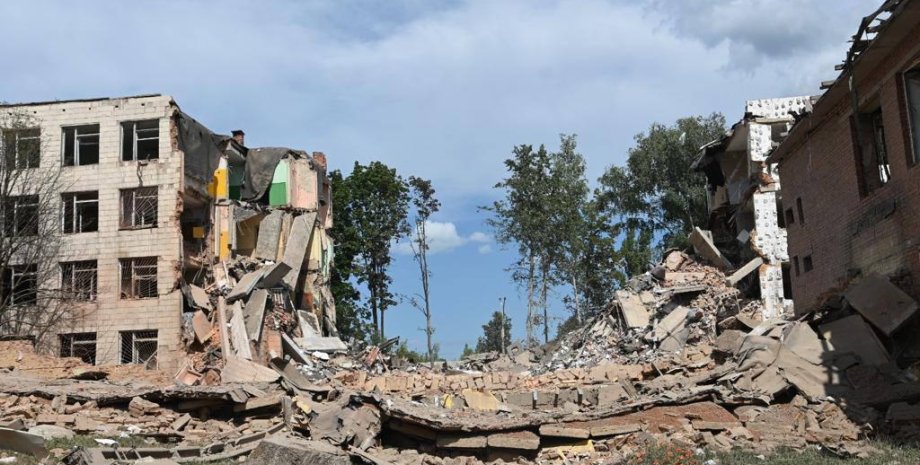
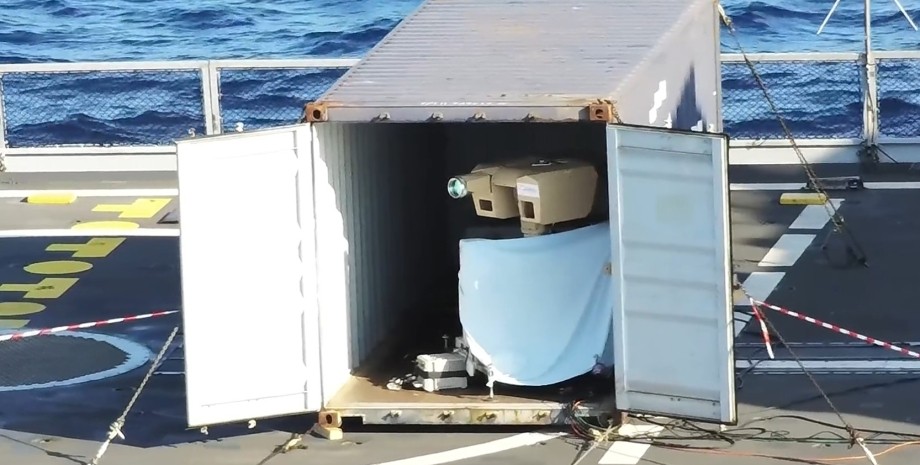


All rights reserved IN-Ukraine.info - 2022